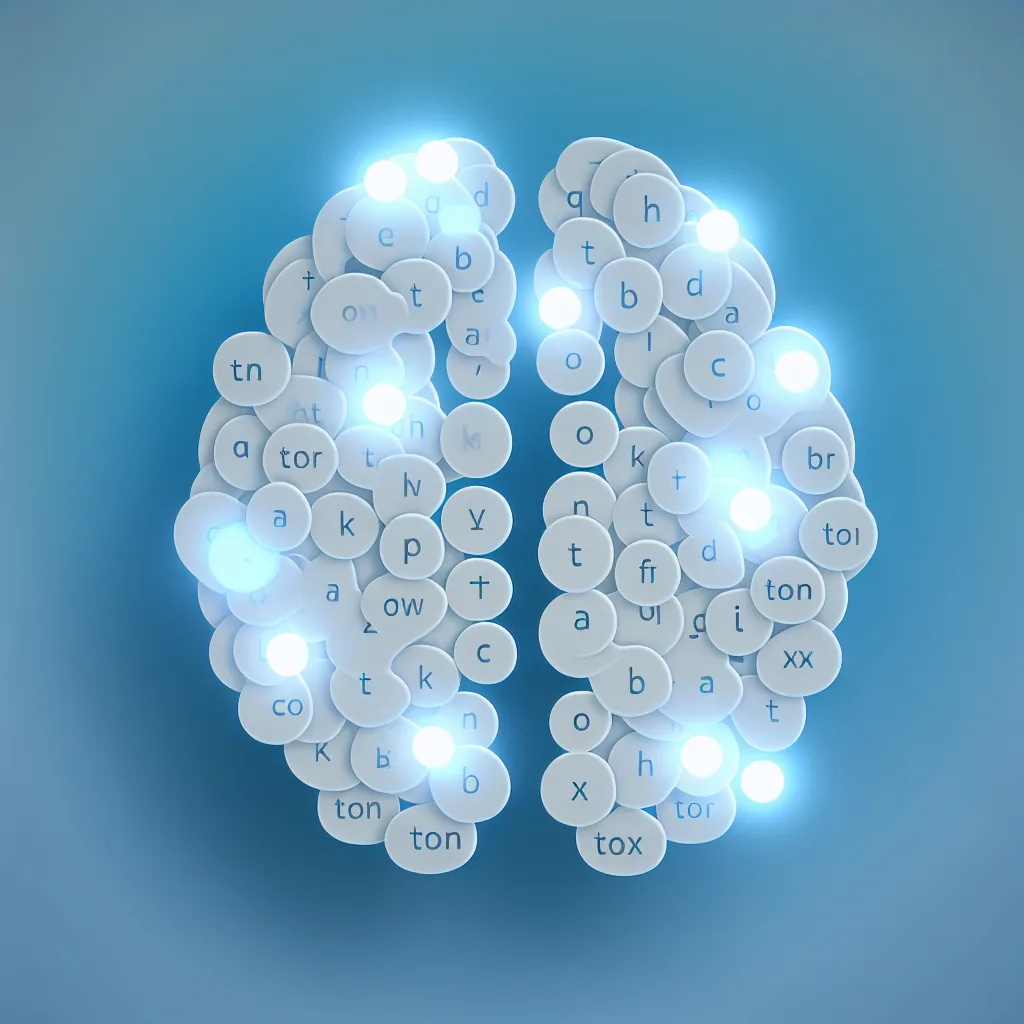Understanding the core of AI language models through next token prediction
If you’ve ever wondered how AI models like ChatGPT come up with their responses, you’ve probably come across the term “next token prediction.” It sounds a bit technical, but at its heart, next token prediction is pretty straightforward and actually quite clever. Let me walk you through what it means and why it’s key to how AI understands and generates language.
What Is Next Token Prediction?
In simple terms, next token prediction is the task of guessing what comes next in a sequence of words or characters. Imagine texting a friend and your phone suggests the next word before you finish typing—AI models do something similar but on a much bigger, more complex scale.
For AI, a “token” typically means a chunk of text, which can be as small as a single letter or as large as a whole word, depending on the language model. When the AI receives some input, its job is to predict the next token based on everything it has seen so far. It’s like filling in the blanks to keep a conversation flowing smoothly.
Why Is Next Token Prediction Important?
This method powers the entire process of generating coherent and relevant text. By repeatedly guessing one token after another, the AI creates sentences, paragraphs, and even whole stories that follow the patterns and rules it has learned. It helps the machine “understand” language context without actually thinking or having consciousness.
From chatbots answering your questions to translators and content generators, next token prediction is the fundamental building block. It’s what helps make interactions with AI feel natural and human-like.
How Does It Actually Work?
Behind the scenes, the AI looks at the sequence it’s been given and calculates probabilities for what the most likely next token is. It’s not random guessing; it’s informed by massive amounts of data the AI has trained on. This training involves learning patterns, grammar, and the flow of language so well that it can predict what comes next with impressive accuracy.
Think of it as reading a story where you try to guess the next word or sentence. Over time, with enough reading, you get pretty good at it. AI models do the same but with mountains of text, making their “next token predictions” pretty spot-on most of the time.
A Simple Example
Let’s say you start typing: “The weather today is…” The AI will consider all the words before this phrase and try to guess what comes next. It might predict “sunny,” “rainy,” “great,” or any word that commonly follows in similar contexts.
Each prediction depends on context. If prior conversation was about a cold spell, “cold” might be the most likely next token. If discussing plans, maybe “perfect for a walk.” This adaptability is what makes next token prediction so powerful.
Why Should You Care?
Understanding next token prediction gives us a peek under the hood of AI language models. It shows us that AI isn’t actually “thinking” but pattern matching at a very sophisticated level. This transparency helps set realistic expectations and appreciate how these tools work—and what their limits might be.
For anyone curious about AI or thinking of using AI tools, getting this basic concept down is a great first step. It demystifies the magic and makes AI more approachable.
Want to Learn More?
- Check out OpenAI’s official language model guide for deeper insights.
- For a broader understanding of natural language processing, the Stanford NLP Group offers excellent resources.
- To see how AI chatbots use next token prediction in real time, visit ChatGPT.
Next token prediction might sound like a mouthful, but now you have a handle on it—a neat way to peek into the brain of AI, one token at a time!
